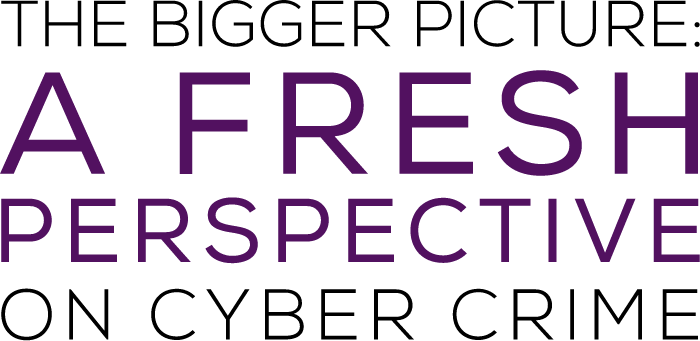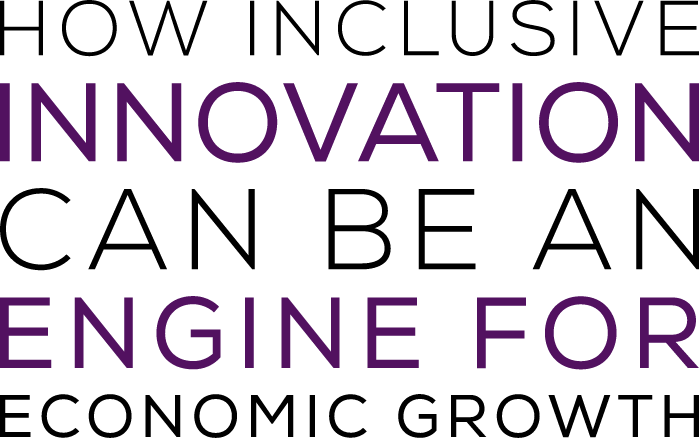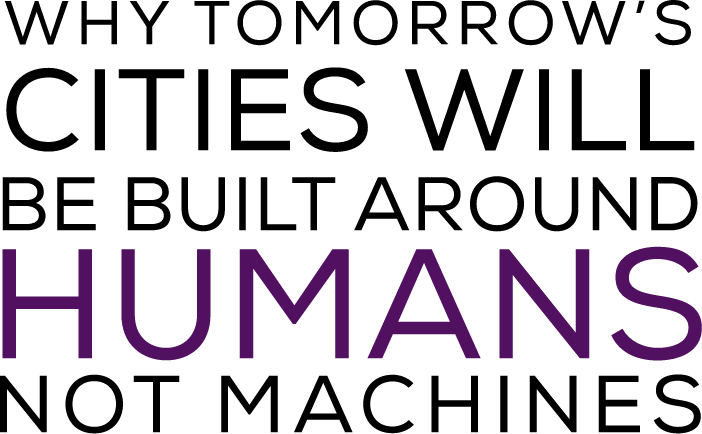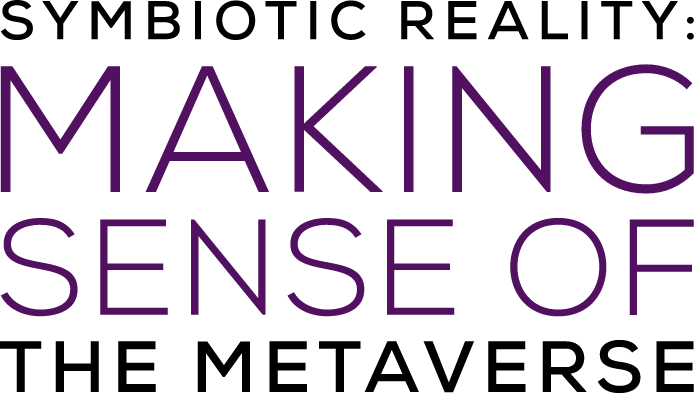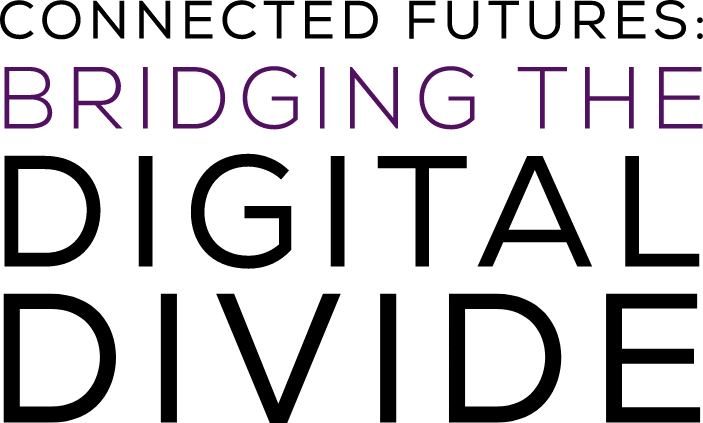To ensure the optimal distribution of services, amenities and opportunities across urban societies, preconditions include greater inclusivity, equity and fairness
What does a city tell us about the age in which it was built? When the American urban planner Robert Moses revealed projects across New York in the 1930s his vision was lauded as a conservationist vision, filled with parkland for families and crisscrossed with low-slung bridges to keep noisy vehicles out. But a 1974 biography of Moses revealed another perspective. As well as barring trucks and lorries, the bridges stopped buses reaching poor areas of New York State, cutting citizens off from jobs and services in the centre.
For those aiming to design modern and human-centric cities, the story demonstrates the need for true inclusivity, equity and fairness. “This is something that has to be drilled into people and the processes they follow when working with data,” explains Topé Osu, Data & Business Management Services Director at TONOMUS, the first multinational to be established as a NEOM subsidiary, and the company developing the underlying technology infrastructure of NEOM’s regions. “If you build a model to analyse a city’s health based on data from just one area, for example, you are including factors that may be unique to that neighbourhood, while ignoring those that are relevant elsewhere,” he says. Rather uneven ground on which to build modern public services.
Improving gender equality
To build deeper foundations, TONOMUS has assembled a team comprising more than 50 different nationalities, drawing on the GCC (Gulf Cooperation Council)’s growing pool of female tech talent. According to a recent UNESCO survey, women make up 57 per cent of STEM graduates across the Arab world.
Saudi Vision 2030 goes further by aiming to increase women’s participation in the workforce from 23 per cent to 30 per cent. “It is really inspiring and empowering to know that it is coming from the top down,” says Yasmin Badruddin, Social Media Lead at TONOMUS, who says that her company’s leaders go out of their way to ensure people are not just seen but also truly heard.
Such intense focus on the diversity of its employees is not just a moral obligation – it’s a strategic necessity. The LINE, NEOM’s 170km-long urban centre, will be home to 9mn people from different parts of the globe, all with their own backgrounds and experiences. Services will need to reflect this, explains Badruddin. “If you take someone who has been brought up in a cold country and bring them together with someone raised in a desert environment, they are going to have different experiences and therefore diverse perspectives on the solutions they want,” she says.
Having a diverse workforce, encompassing diversity on all levels, along with diverse data, will bring an opportunity to tackle the current challenges working parents face every day.
Heide Young, Manager of Cyber Strategy and Engagement at TONOMUS
Reflecting this diversity of opinion not only shapes new products, but also helps to address pre-existing biases woven into the products and services we use today. “Having a diverse workforce, encompassing diversity on all levels, along with diverse data, will bring an opportunity to tackle the current challenges working parents face every day. The logistics of school drop-offs and pick-ups, for example, can be time-consuming for parents, and mean some are unable to re-enter the workforce,” says Heide Young, Manager of Cyber Strategy and Engagement at TONOMUS.
Dynamic diversity
As people’s needs evolve, all these systems need constant updating. “What is interesting about designing a cognitive city is that you need to develop systems that change and evolve with the population,” says Osu, pointing out that a data strategy employed for a rapidly developing cognitive city today may not be quite right for the same city in six months’ time. “We need not only a feedback loop that bakes in a diverse pool of real-time data sets, but also a strategy that is flexible, adaptable and evolves, to maintain long-term value and relevance,” he adds. “The more data from diverse sources you take into consideration, the better your analysis.”
What is interesting about designing a cognitive city is that you need to develop systems that change and evolve with the population.
Topé Osu, Data & Business Management Services Director at TONOMUS
This also applies to the quality of service citizens receive. If the voice-recognition AI that takes your order at a restaurant has been trained using recordings of American speech it is likely to struggle when faced with the nuances of an east Asian accent; if a machine is taught to spot irregular cardiac rhythms using videos of a healthy young person’s heart, it may misinterpret data when examining older patients. Knowing how certain groups behave can help you build products and services to suit them, says Young. “Understanding the nuances of human behaviours online enables us to strategically design and develop an enhanced level of cybersecurity resilience.”
More important than this, however, is that an awareness of bias allows city planners to drive positive change through design. A study published in March by researchers at the King Abdullah University of Science and Technology (KAUST) found that just 1 per cent of the images produced by AI imaging software when prompted with the terms “imagine entrepreneur” and “imagine inventor” featured women. These biases have been reinforced in our society over hundreds of years; machine learning is simply holding up a mirror. Prioritising diversity will skew the reflection we see of our society in the right direction. “When you work on these problems in a diverse team you realise that different things have different meanings to each of us,” says Young. “Our goal is to develop a city in which they all work together.”







